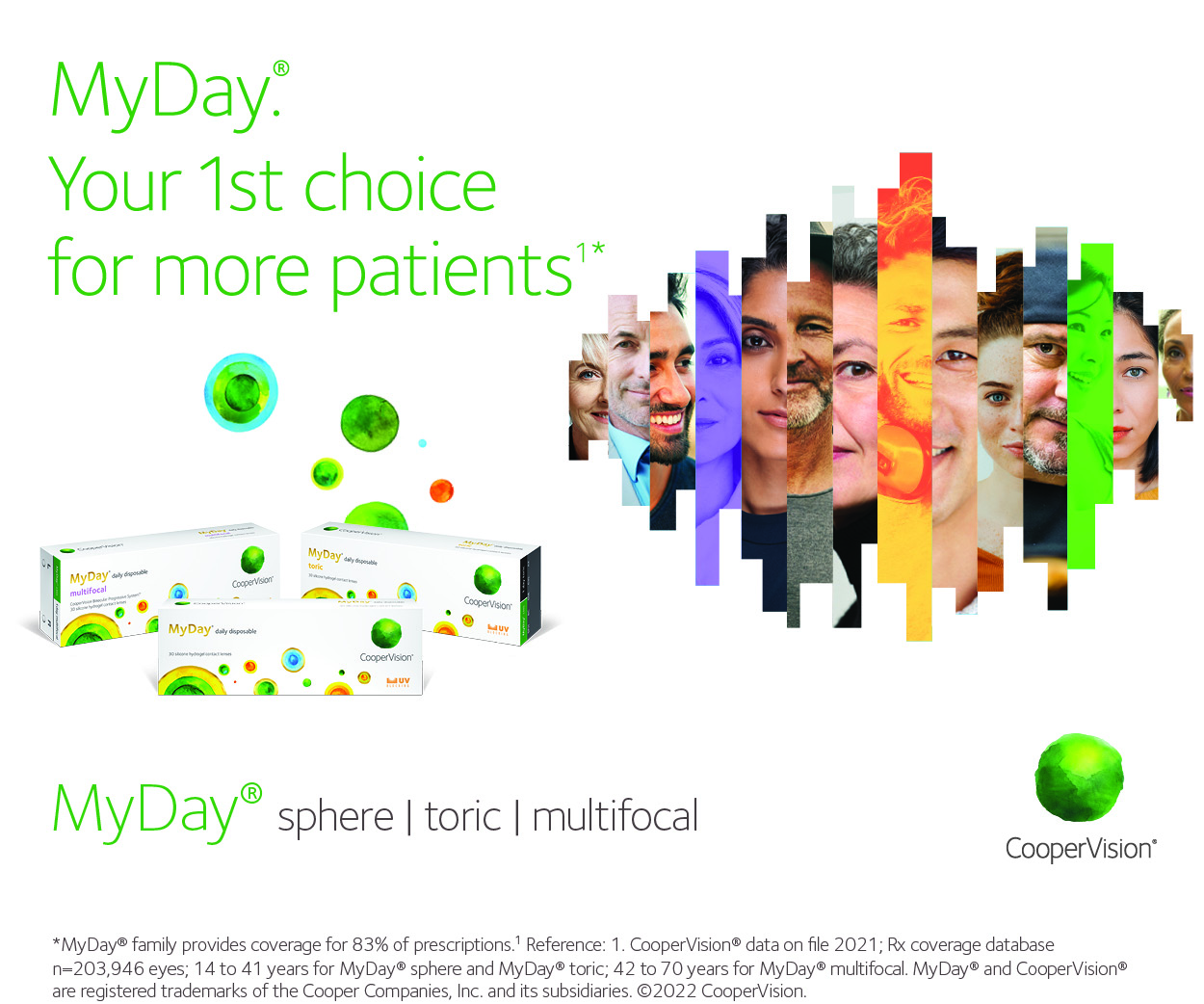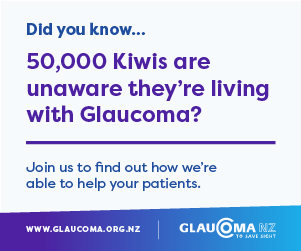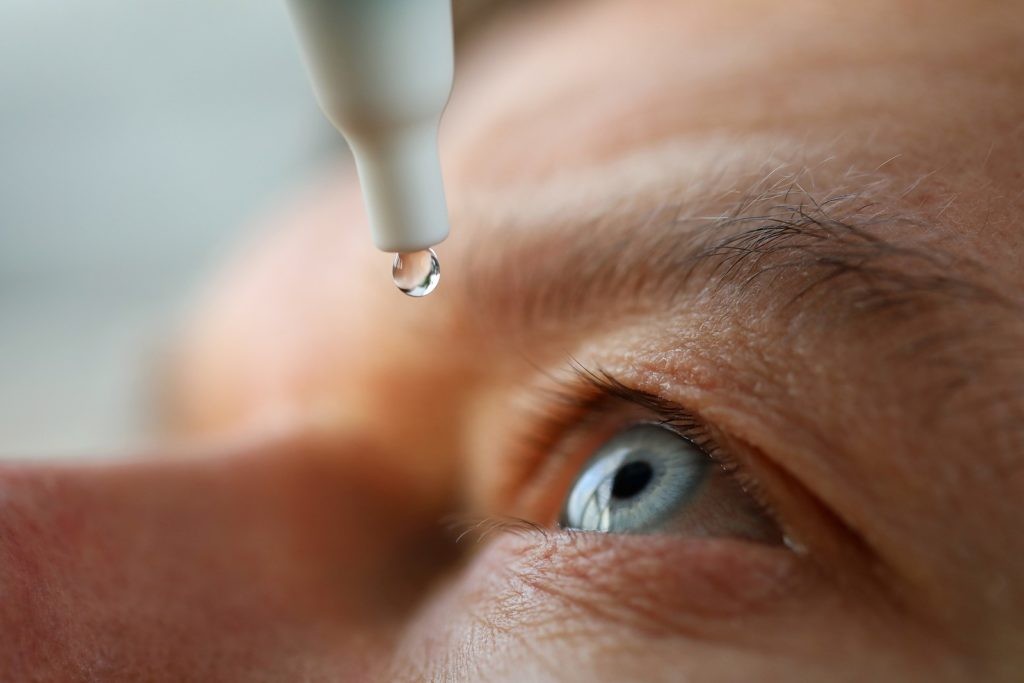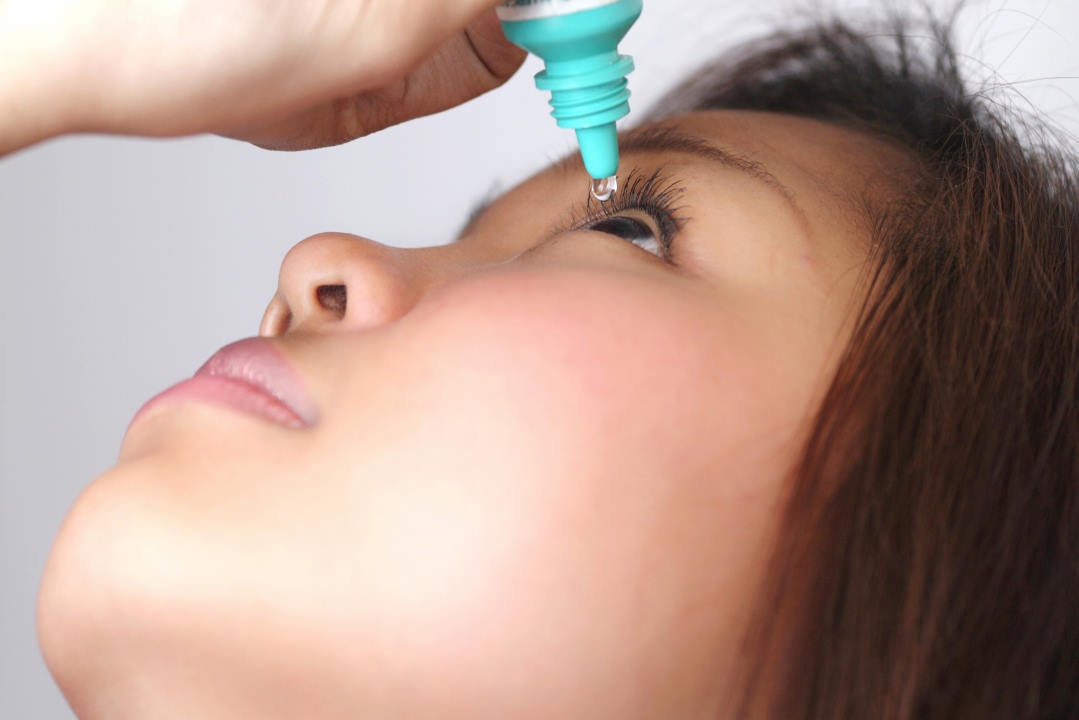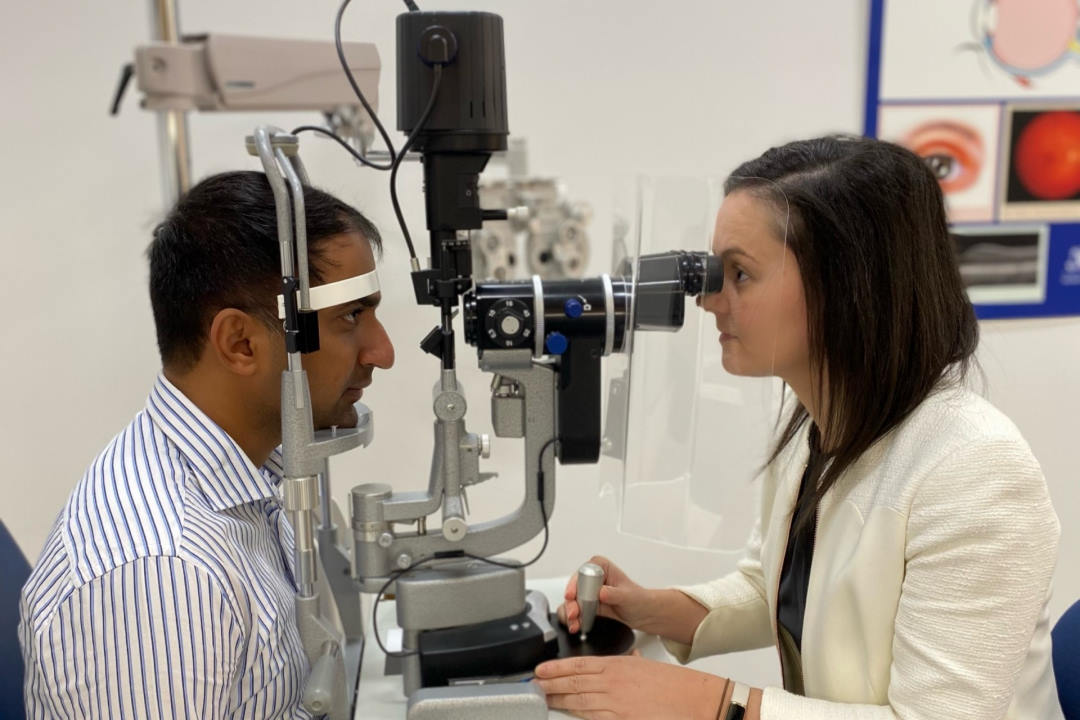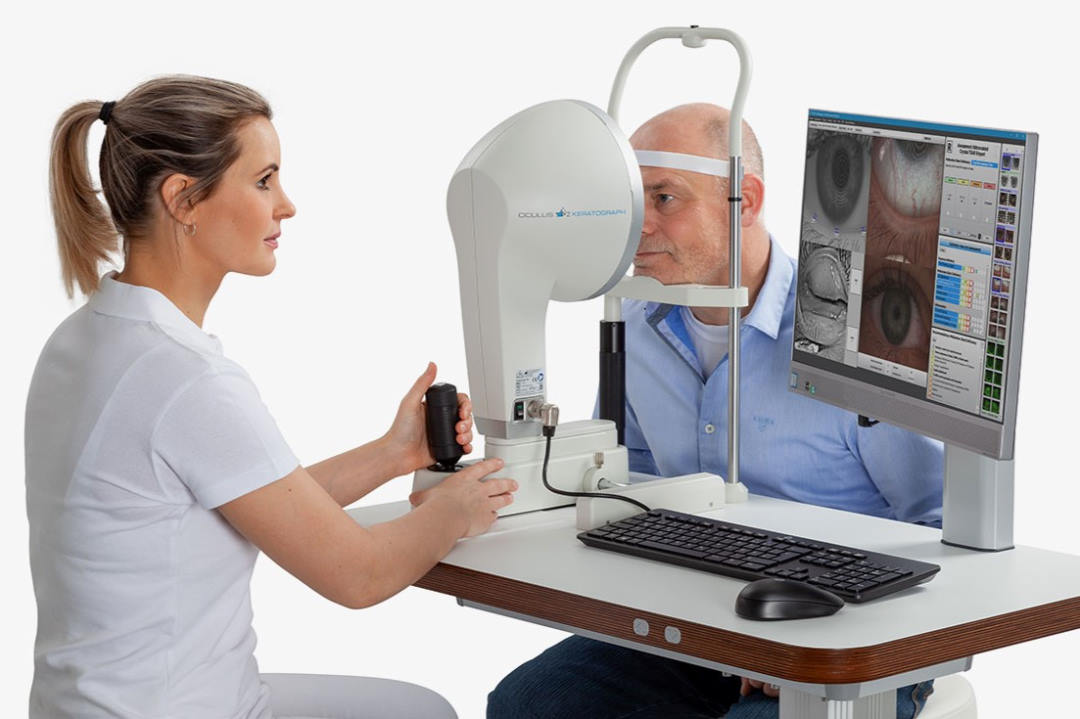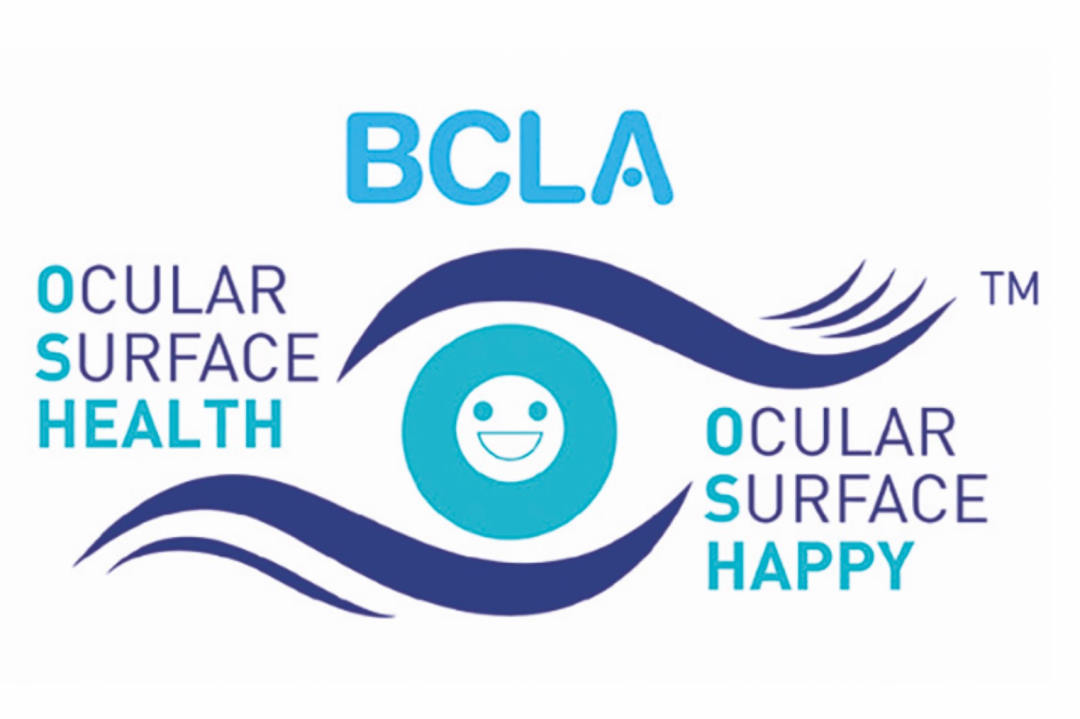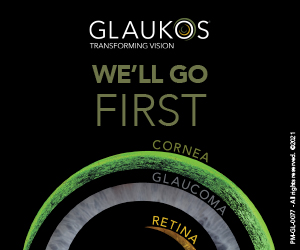Assessing the impact of dry eye disease
A new study¹ published in The Ocular Surface journal has found a strong need for individualised treatment strategies for patients suffering from dry eye disease (DED).
Using real-world data from the international Save Sight Dry Eye Registry, a global team of ophthalmologists, optometrists and researchers with dry eye expertise found individuals with mixed subtype DED (a combination of evaporative and aqueous-deficient DED), corneal neuropathic pain, a history of DED treatment, or past DED-related procedures, had significantly worse symptoms, greater activity limitations and reduced overall quality of life.
The study, which was conducted in Australia, New Zealand, the UK, Spain, France, Germany and Nepal, used modern psychometric methods, said lead author Dr Himal Kandel from the University of Sydney. “We used Rasch analysis to refine commonly used dry eye assessment tools and generate reliable quality-of-life (QoL) data. Our results highlight that DED is more than just a clinical condition, it significantly affects mental health, daily activities and overall wellbeing.”
Key findings from the study included:
- Women are diagnosed with DED more frequently than men. However, once diagnosed, the quality-of-life impacts are similar across genders
- Patients with mixed subtype DED experienced worse QoL than those with only evaporative or aqueous-deficient DED alone, suggesting that mixed DED may represent a more advanced disease stage, correlating with greater impairment
- The study found a weak or non-existent correlation between clinical signs of DED and patient-reported symptoms, underscoring the need for independent assessment of both in clinical practice
- Anxiety-related concerns were more prevalent and bothersome than depression-related issues in the DED population and DED symptoms played a more significant role in mental health outcomes than clinical signs, visual acuity or age, highlighting that some patients may benefit from psychological support
- Worse visual acuity (VA) was associated with greater activity limitations. However, VA did not correlate with clinical test scores, such as tear breakup time or corneal staining. Patients with unstable tear films often reported intermittent blurred vision and glare but may still achieve normal VA in controlled test conditions, thus functional VA assessments, such as spatial contrast sensitivity and reading speed, may provide better measures of DED’s visual impact
- Patients diagnosed with corneal neuropathic pain experienced worse symptoms, greater activity limitations and poorer mental health compared to those without neuropathic pain
- The Ocular Surface Disease Index, the most commonly used questionnaire for DED, may benefit from validation using modern psychometric methods to ensure it provides accurate assessments of DED-related QoL impacts
- The findings suggest that, while DED treatments may improve quality of life, the current therapeutic strategies may not fully restore QoL to pre-DED levels.
The study’s findings reinforce the need for a holistic approach to DED management, said Professor Fiona Stapleton from the UNSW School of Optometry and Vision Science. While senior author Professor Stephanie Watson, chief investigator for the Save Sight Dry Eye Registry project, said the study advances real-world evidence on DED. “As DED continues to be a significant public health concern, studies like this pave the way for more effective, evidence-based management strategies that prioritise patient wellbeing and quality of life improvement.”
- Kandel H, Stapleton F AO, Downie LE, Chidi-Egboka NC, MIngo-Botin D, Arnalich-Montiel F, Rauz S, Recchioni A, Sitaula S, Markoulli M, Daien V, Babeau F, Geerling G, Craig JP, Watson SL OAM. The impact of dry eye disease on patient-reported quality of life: A Save Sight Dry Eye Registry study. Ocul Surf. 2025 Feb 13;37:11-23.





